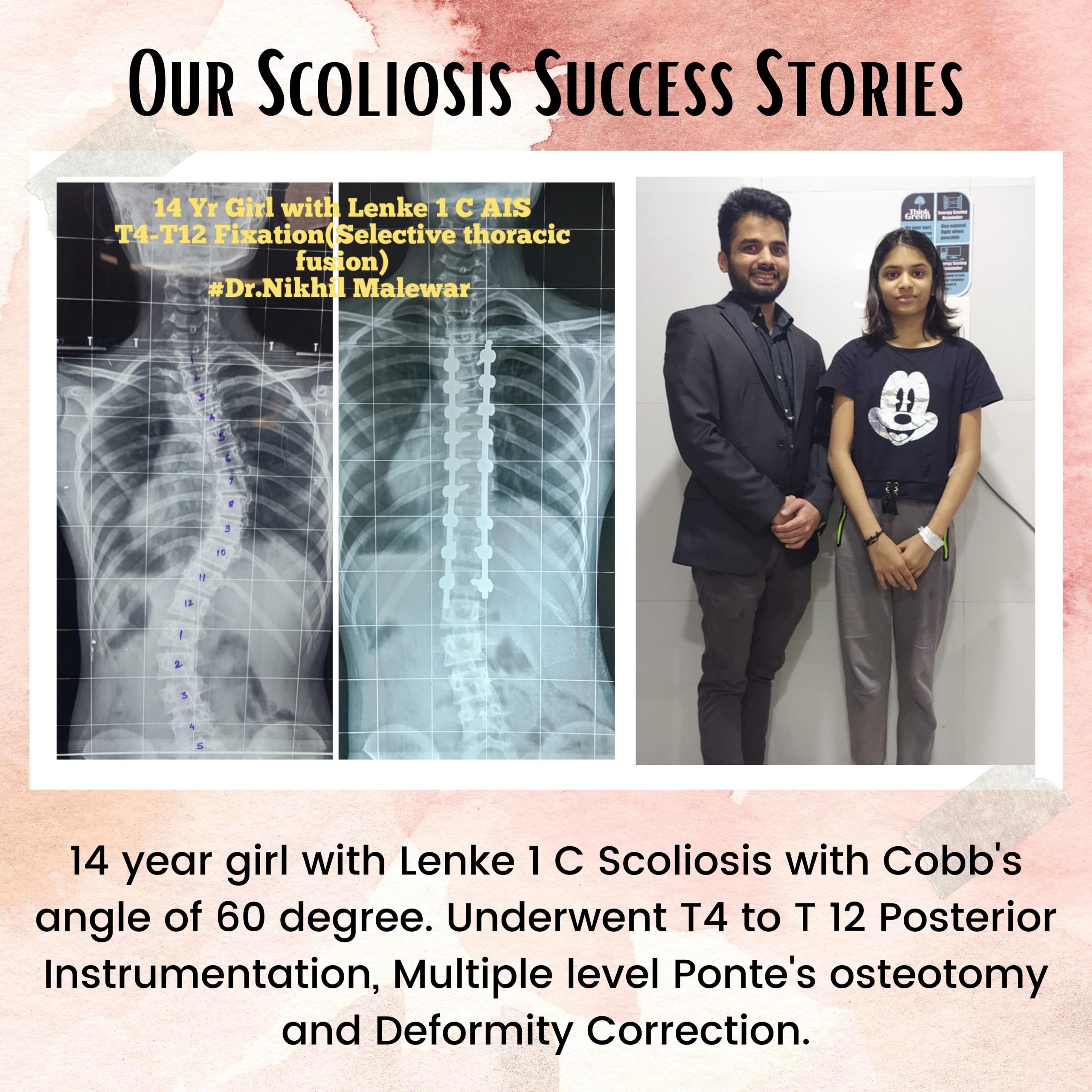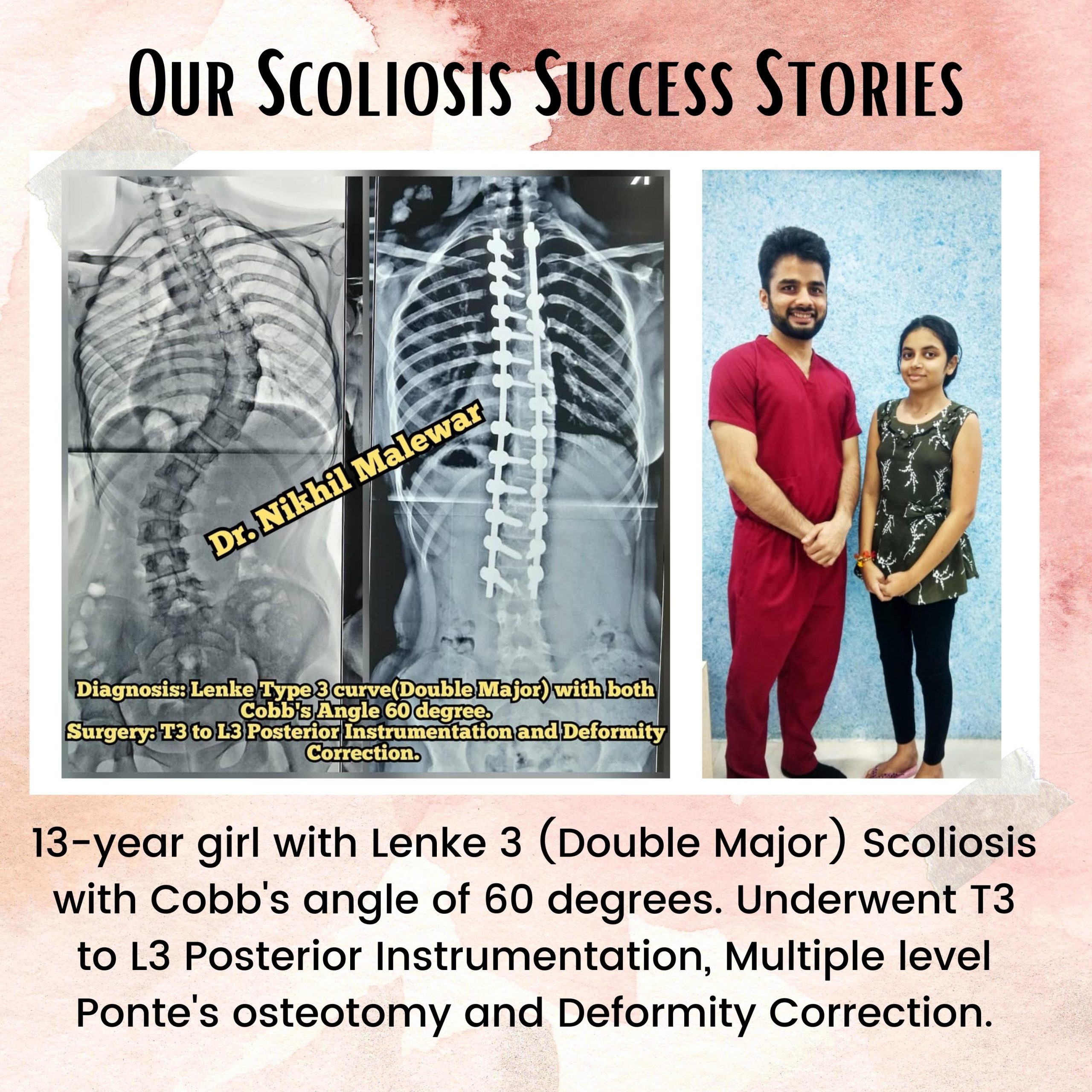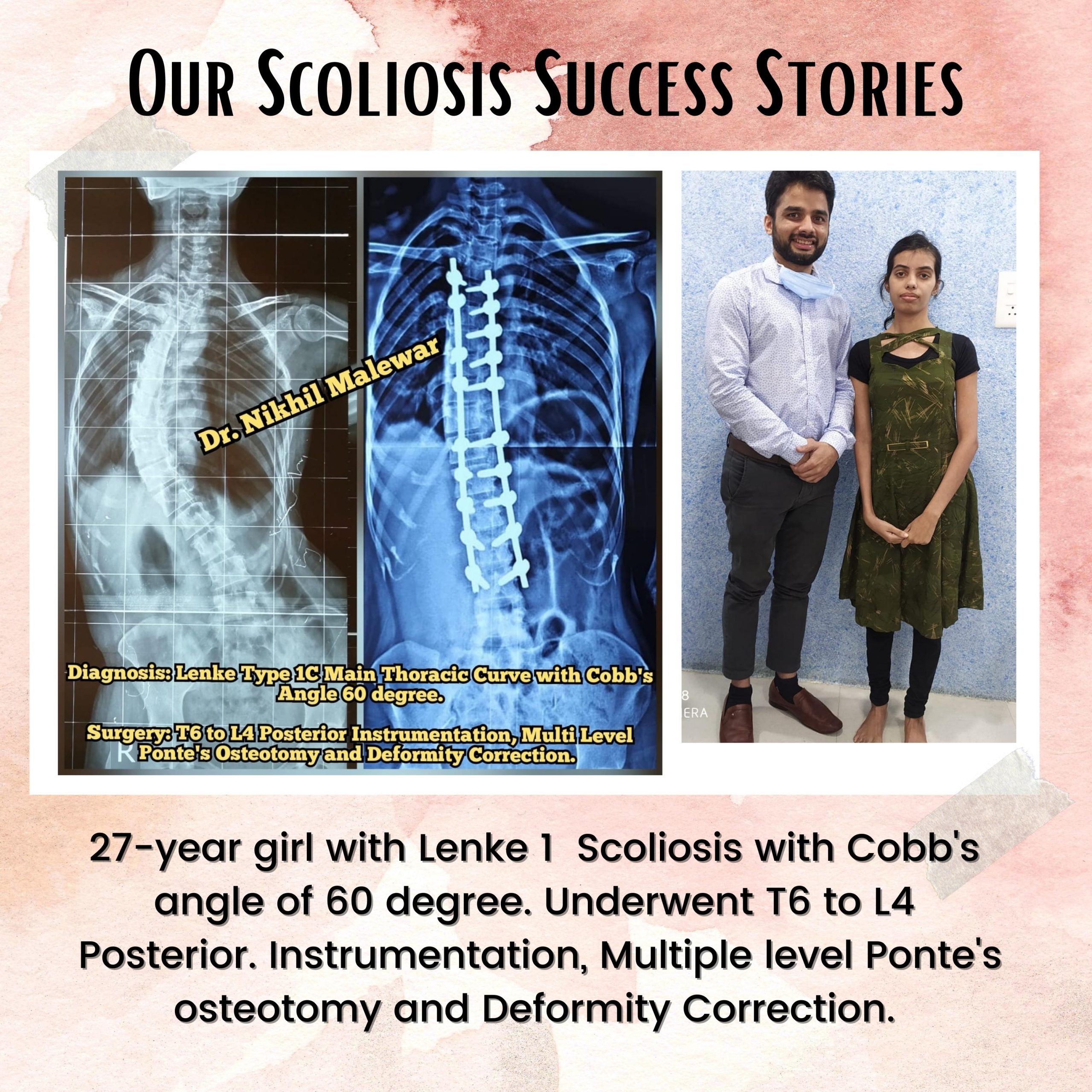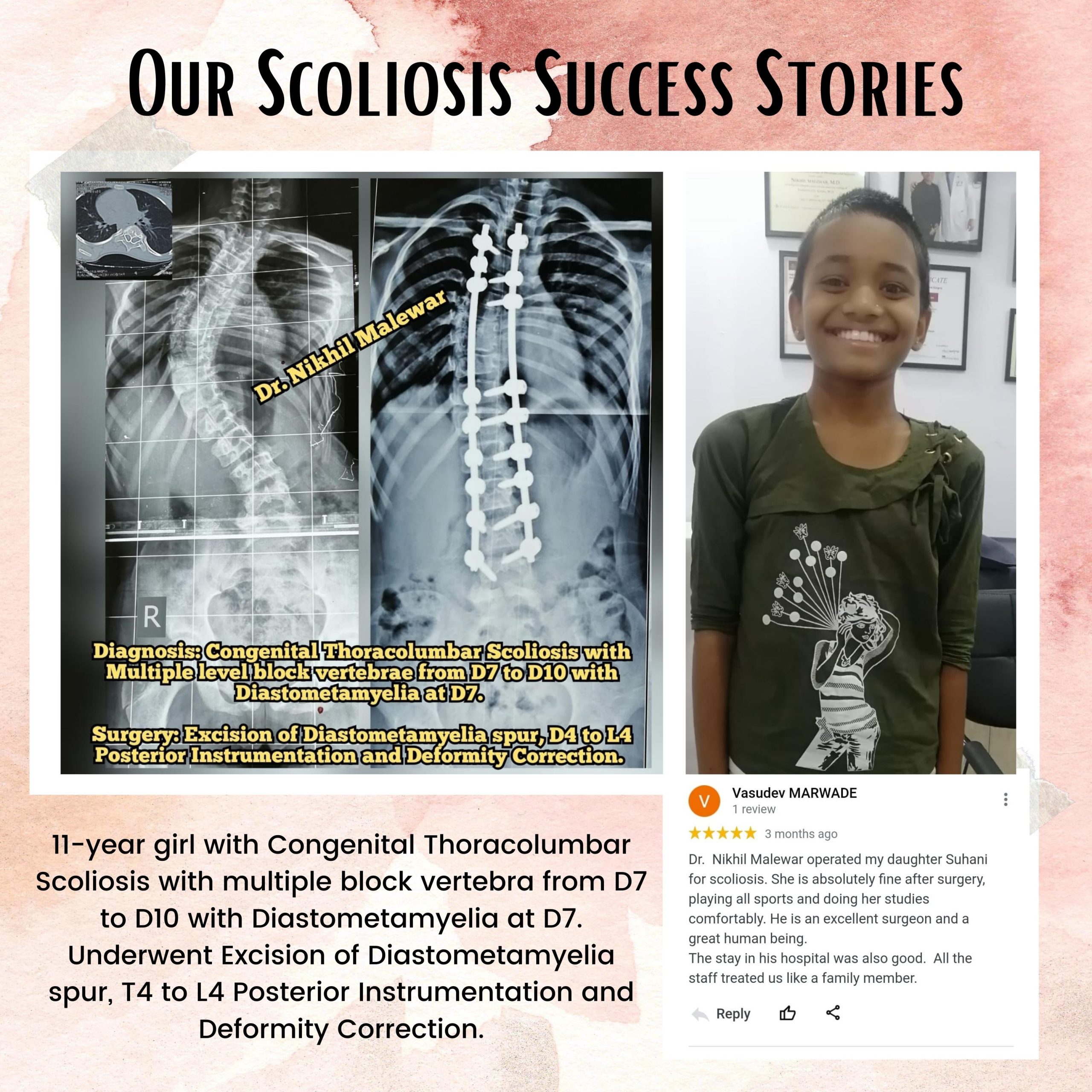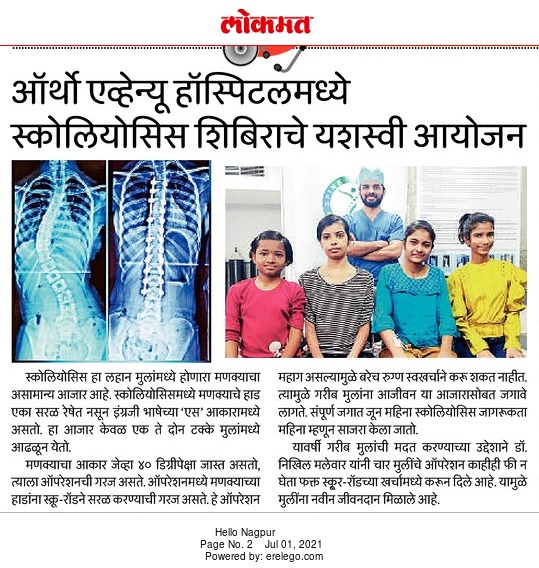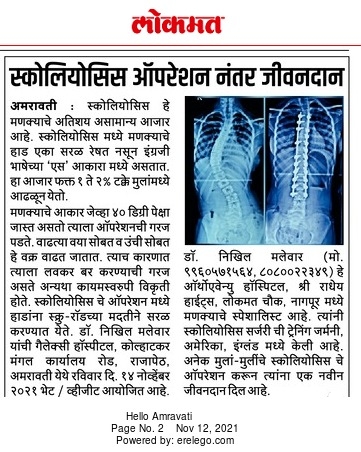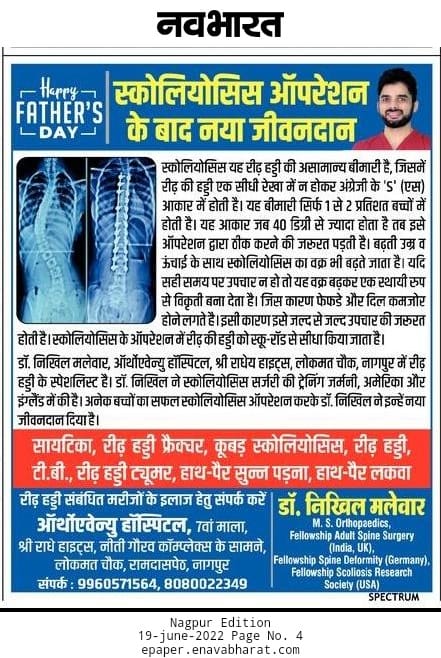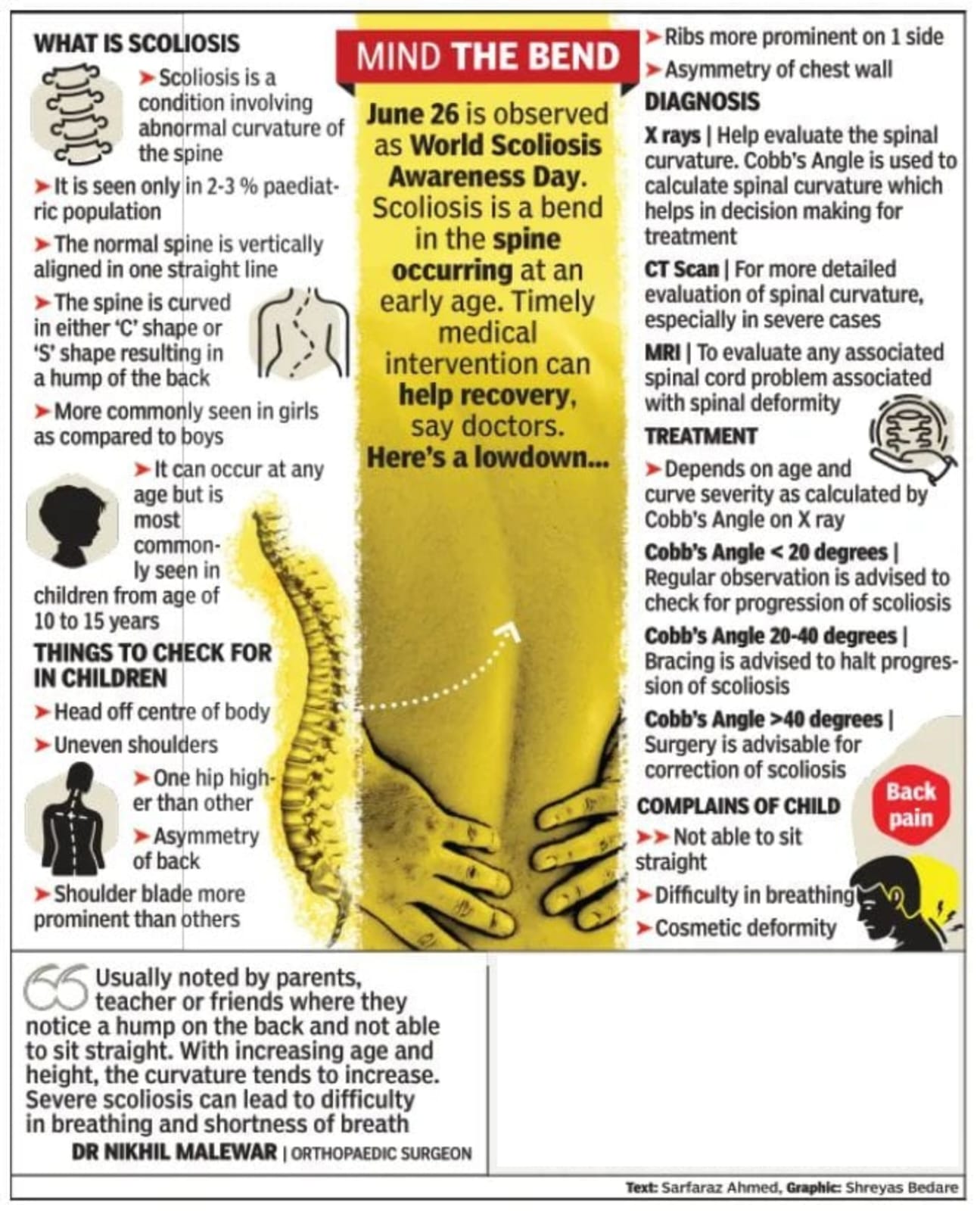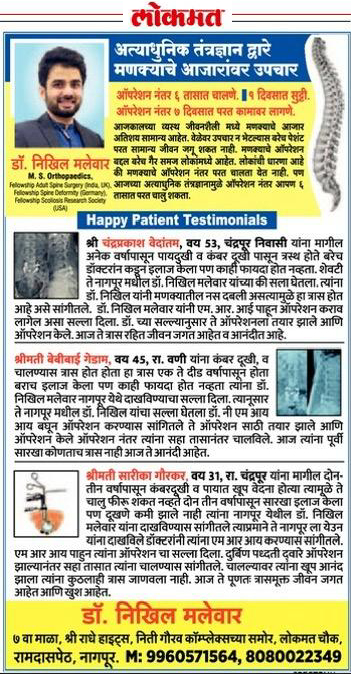What is Endoscopic Spine Surgery ?
Endoscopic Spine Surgery In Nagpur finds applicability across various conditions, with particular efficacy noted in patients with disk protrusions, foraminal. This approach minimizes the need for extensive removal of supportive bony structures. thus preserving biomechanical integrity following elective spinal surgery, according to Dr. Nikhil Malewar.
While endoscopic spinal surgery has been practiced for decades, recent advancements in endoscopic tools have sparked renewed in its application.
Dr. Nikhil Malewar highlights the primary advantage of endoscopy as its ability to minimize collateral damage to surrounding spinal tissues. translating to a shorter recovery period. Patients undergoing this procedure may require less pain medication and can potentially resume activities sooner.
What are the Patient Benefits of Endoscopic Spine Surgery?
Ultra-minimally invasive spine surgery stands out as the most efficient technique for alleviating symptoms herniated disc, low back pain. Distinguished by its employment of a mere 1/4 inch incision. this approach facilitates swifter recovery compared to traditional minimally invasive spine surgery.
Endoscopic spine surgery proves highly effective in addressing painful conditions stemming from herniated discs, spinal stenosis, sciatica. This procedure serves as an optimal solution for individuals afflicted by debilitating pain, striving for a swift return .
Key advantages
Key advantages of this technique include:
- Shortened recovery period and quicker return to work.
- Reduced post-operative pain due to the smaller incision.
- Administration of conscious IV sedation and local anesthetic, minimizing risks associated with general anesthesia.
- Lowered risk of post-operative infections.
- Offers an alternative to spinal fusion in select cases.
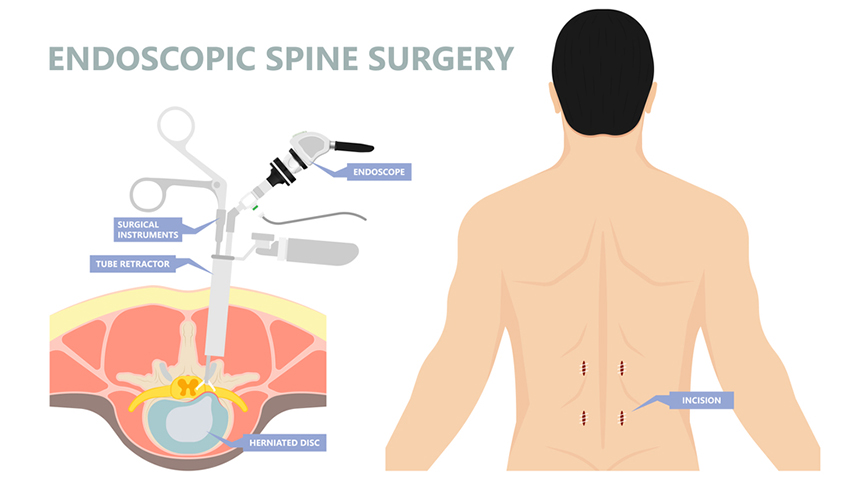
How is Endoscopic Spine Surgery Different than Minimally Invasive Spine Surgery?
Minimally invasive spine surgery (MIS) has become the gold standard in spinal procedures, offering a wide range of techniques. with endoscopic surgery being the least invasive among them. Endoscopic spine surgery In Nagpur has proven to be just as effective as MIS microdiscectomy in addressing painful spine conditions.
What sets endoscopic spine surgery apart from MIS is its remarkable ability to significantly reduce trauma to the patient’s muscles.soft tissues, resulting in expedited recovery times. By employing a surgical approach that bypasses the major stabilizing muscles of the lower back. once, endoscopic procedures minimize disruption to surrounding tissues.
In contrast to MIS incisions, which typically measure one inch or more, endoscopic surgery requires only an ¼ inch incision. This reduction in incision size, coupled with the avoidance of major back muscles, can yield substantially improved patient outcomes.
Often referred to as ultra-minimally invasive, endoscopic techniques offer several advantages. They enable surgeons to perform procedures more swiftly, providing enhanced access to spinal nerves and discs, along with superior visualization. Furthermore, endoscopic spine surgery can be conducted without the need for general anesthesia. thereby reducing patient risk and facilitating faster discharge from the hospital, often within 2-3 hours post-surgery.
Spinal Surgery
Traditional and minimally invasive spine surgeries primarily aim to alleviate pain by easing pressure.irritation on the spinal cord and nerve roots. Throughout these procedures, surgeons prioritize preserving spinal anatomy and the functionality of back muscles.
However, there are instances where the surgical outcomes may not fully align with patient expectations. Despite successful surgery, patients may continue to experience residual pain or discomfort resulting from surgical disruption of spinal anatomy.
Endoscopic spine surgery emerges as a solution that better aligns with both surgeon and patient expectations. Patients seek relief from painful symptoms, restoration of physical function, and a swift return to their quality of life.
Endoscopic spine surgery achieves these goals by employing the least invasive surgical approach that fulfills the surgeon’s objectives .meets patient expectations. With enhanced visualization and precise targeting of the spinal canal, this technique minimizes trauma compared to traditional spine surgery.
The outcome is a result that exceeds the expectations of both the surgeon and the patient, facilitating a smoother path to recovery .
Our Scoliosis Success Stories

